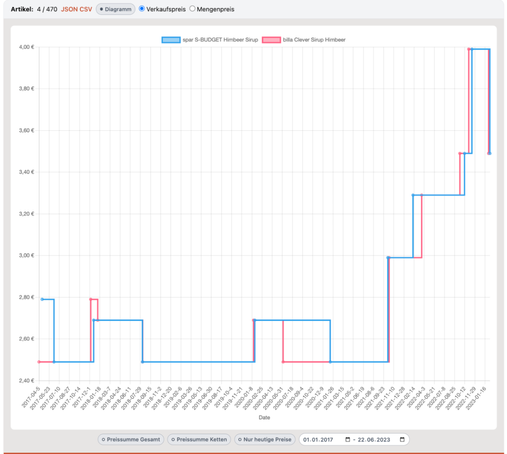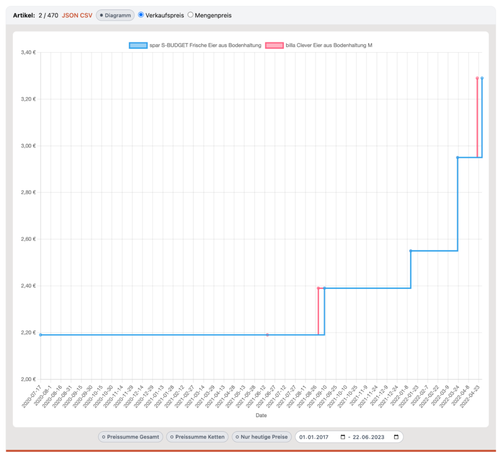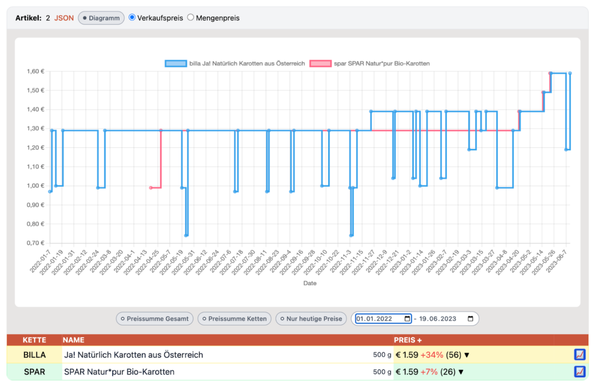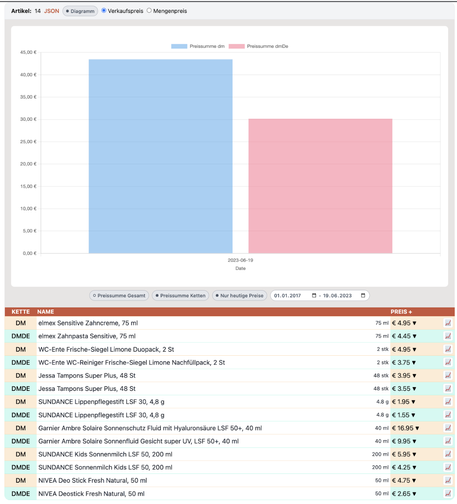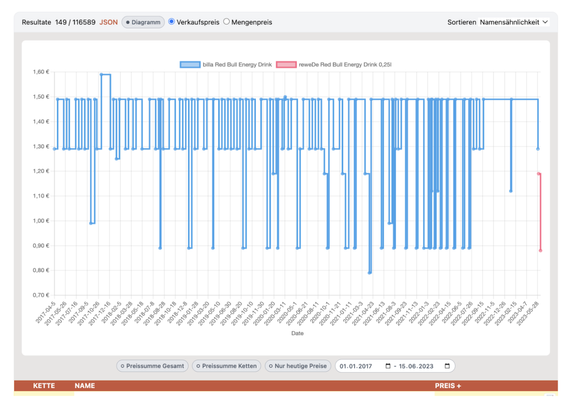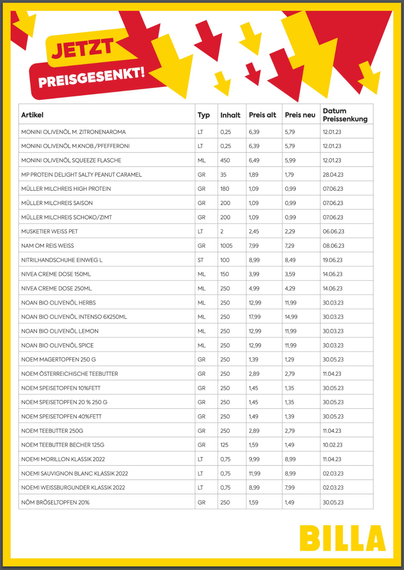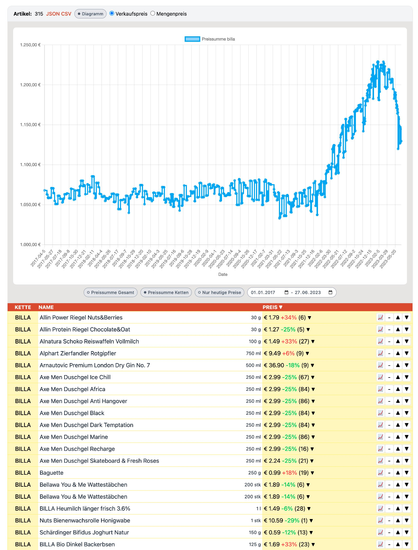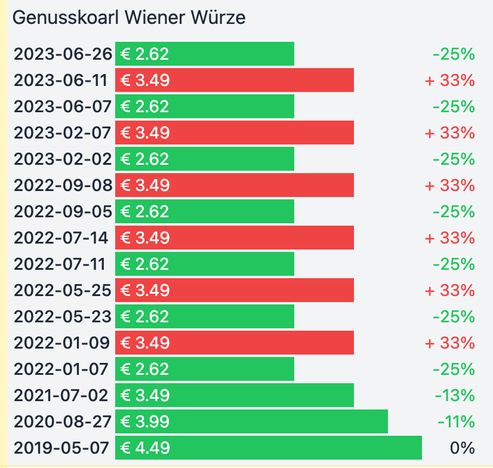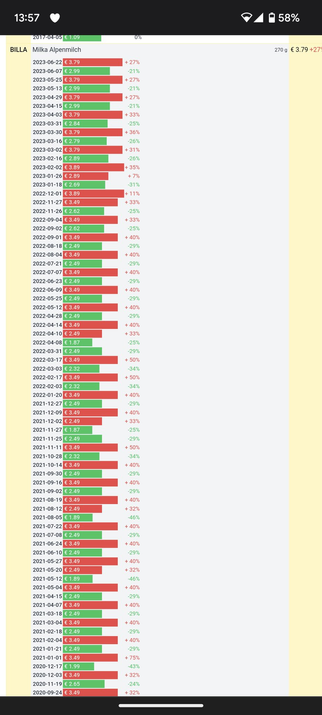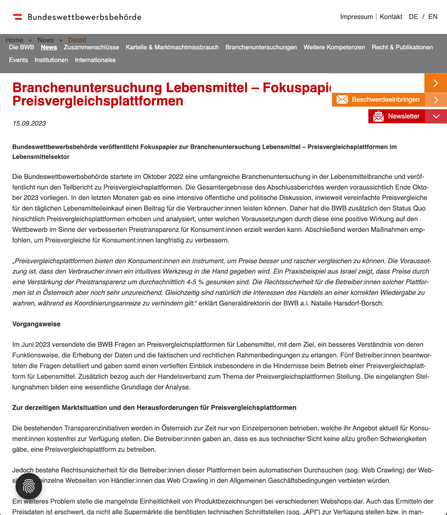Today was ... interesting. If you followed me for the past months over on the shitbird site, you might have seen a bunch of angry German words, lots of graphs, and the occassional news paper, radio, or TV snippet with yours truely. Let me explain.
In Austria, inflation is way above the EU average. There's no end in sight. This is especially true for basic needs like energy and food.
Our government stated in May that they'd build a food price database together with the big grocery chains. But..


